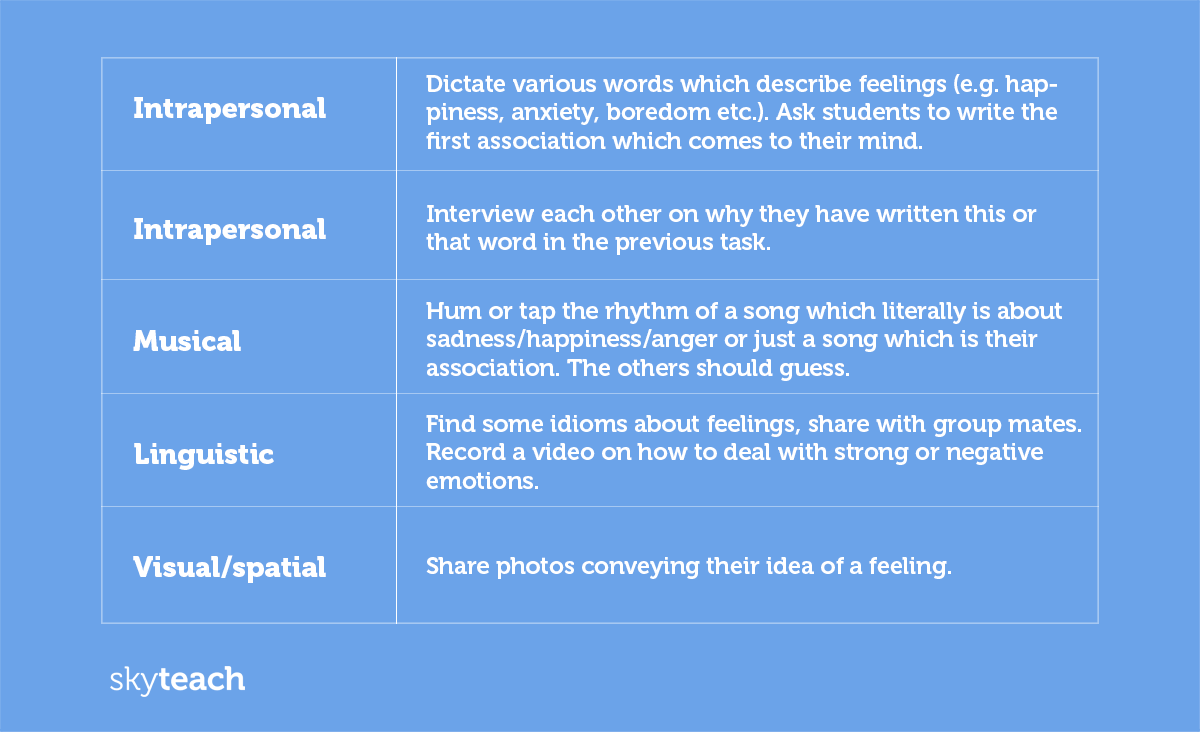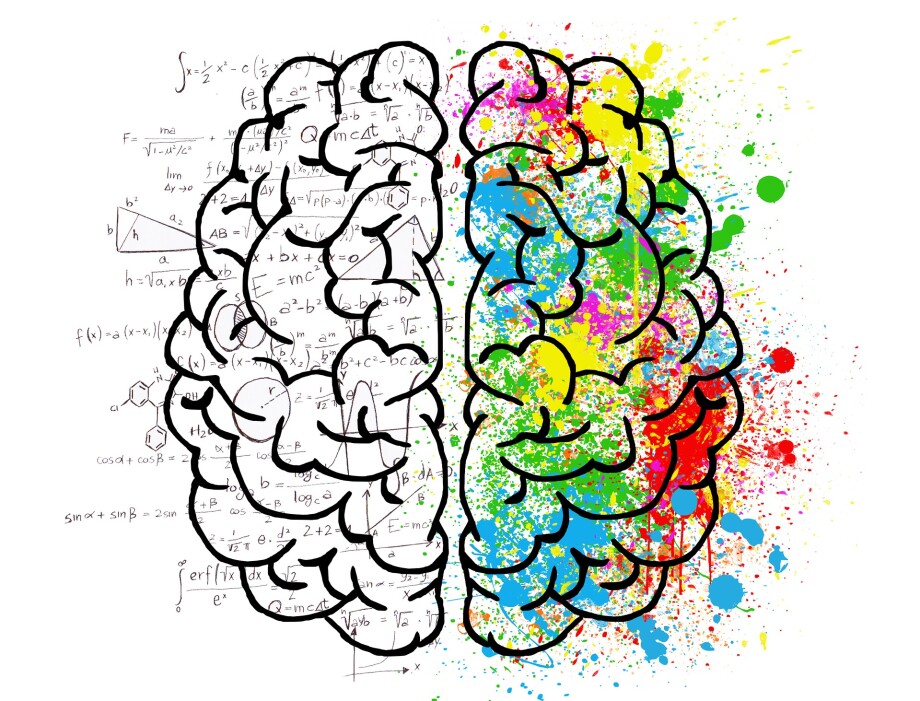In this article, we are going to show you the multiple intelligences approach and give some hints at how you can use it in teaching teens.
Have you ever taken an IQ test? If yes, you, probably, know that being good at calculus and languages can really help you out in this one. But what to do if your talents lie elsewhere?
Dr. Howard Gardner was the one to come up with the answer. In 1983 he developed a theory of Multiple Intelligences which goes far beyond logic and languages. He mentioned that the human brain has a number of equally important types of intelligences and, obviously, that all people differ in their strengths and combinations of intelligences. According to Gardner, there are 8 types of intelligences:
- Linguistic – the ability to operate languages in creative ways;
- Logical/Mathematical – the ability to think rationally and reason well;
- Musical – the ability to hear and play music;
- Visual/Spatial – the ability to process information by sight and in 3D;
- Bodily/Kinaesthetic – the ability to use your body to express ideas and solve problems;
- Interpersonal – the ability to understand other people’s feelings;
- Intrapersonal – the ability to understand oneself;
- Naturalistic – the ability to understand and structure the patterns of nature.
‘All right,’ you might say, ‘I’m quite into music and I’ve always been good at dealing with logic puzzles. But what does it have to do with language teaching and learning?’ The answer is that we can adapt our ESL routines to reflect and work on our students’ strengths and weaknesses. Each piece of language taught in class can be not just presented in a purely linguistic manner. Why don’t we build it around those with strong bodily, or intrapersonal, or any other type of intelligence? First, it caters for students of different learning styles and enables teachers to look at each student from the perspective of potential. Second, it adds variety to your lessons. Third…well, it’s just good fun – educationally efficient, though.
There are a lot of books which might provide you with ideas of all-intelligence activities. Among them are Approaches and Methods in Language Teaching by Jack C. Richards and Theodore S. Rodgers, Multiple Intelligences in the Classroom by T. Armstrong, and The Practice of English Language Teaching by J. Harmer.
What’s your strong suit?
Before trying to analyse your students, start with yourself. What are your intelligences? We tend to transfer our likes and dislikes to our teaching: as I’m a big fan of logic puzzles, I quite often overuse them at the lessons. The same cannot be said for music, though, due to my Van Gogh’s ear for it. My teenage students have to remind me to work with a song. Frankly speaking, they even come up with the tasks themselves. Such a shame.
Since you got to know what your students are good at, exploit and amplify their strong points. Are they into music? Bring some jazz chants, ask them to sing and record a short video, tap the rhythm of intonation patterns. Do they demonstrate obvious intrapersonal skills? Distribute individualised projects, suggest to keep a reflective journal, or just give them a bit of rest from mingling or group work. Are they visual learners? Draw mind maps, share photos, organise a padlet board with funny pictures, memes, and videos.
We don’t always need to leave our comfort zone. Practising something they are good at will enhance your students’ self-confidence and make them feel a bit like language superheroes. Quite useful for teenage self-esteem, isn’t it?
One size fits all
Generally, most of the activities comprise several multiple intelligences. To prove that, take any activity and try to figure out the way you might exploit various kinds of intelligence in it. Let’s take, for instance, a vocabulary lesson on ‘Feelings and emotions’.

Once you start juggling the intelligences, you will automatically extend beyond coursebook exercises and handouts. What is more, you will not only strengthen your students’ most explicit intelligences, but also develop those which are not so evident or just weak.
Variety is the spice
All in all, a mix of activities addressing all eight types of multiple intelligences usually gives rise to engaging, motivational, and creative classes. Try keeping a record of what you are doing with your group at each lesson and what intelligences you are calling upon. This will help you balance them properly.
And if some musical or naturalistic activity suddenly went wrong with a particular group – don’t get discouraged. I have a group of teens who detest all kinds of kinaesthetic tasks so unanimously that I have nothing to do but leave these to someone else. Thank Dr. Gardner for noticing that we are all different.
Have great lessons!






 Вероника Аветисян
Вероника Аветисян 
 Маргарита Аветисян
Маргарита Аветисян 



As you rightly put it all Ss are different and what is good for one is not exciting for another….it’s quite tricky to make it work for a group of Ss. These ideas seem more appropriate for face to face lesson